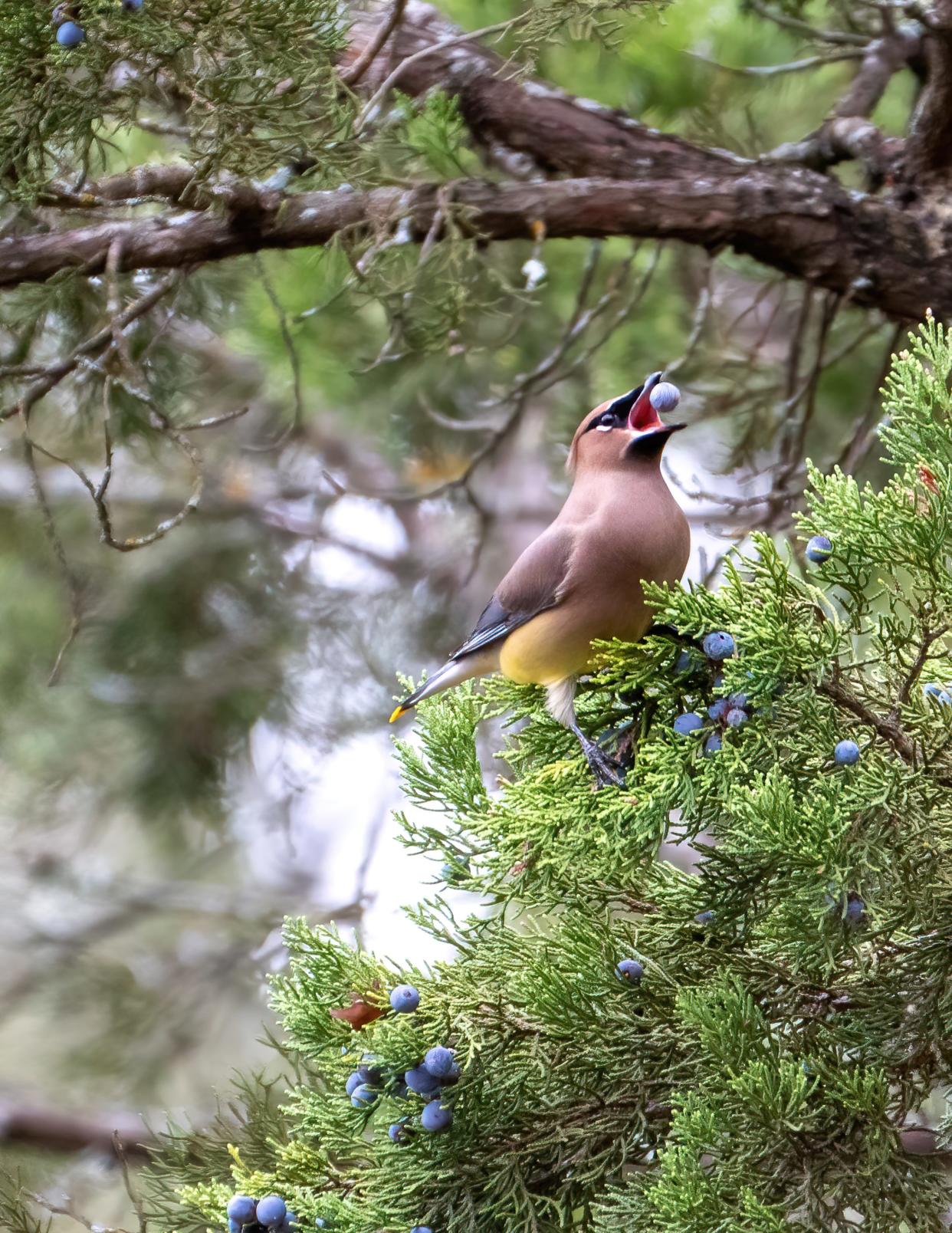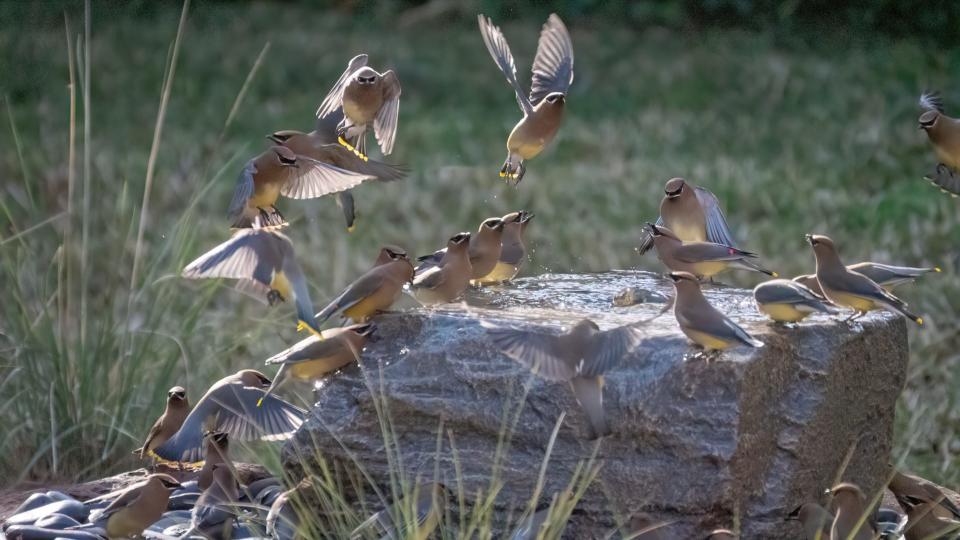Austin Answered: Where have all the cedar waxwings gone? What to know and how to spot one.

For the second installment of our revived Austin Answered column, we move from history to nature.
Where have all the cedar waxwings gone?
These handsome birds, which from a distance resemble female northern cardinals, gather in sizable flocks. They feast on fruits and the berries of hollies, mistletoes, ligustrums and Ashe junipers, hence the "cedar" part of their names.
Waxwings are usually spotted in Central Texas from Christmas to May. Area flocks, however, appear to have diminished of late, at least according to some bird-lovers.
"Anecdotally, I remember seeing very few cedar waxwings the year after our first big freeze," says Nicole Netherton, executive director of Austin Audubon, about deadly winter weather of 2021. "It’s possible that because there was damage to the trees and plants that they rely on for food, that they were able to find more food further north (or) elsewhere in their range and truly weren’t as plentiful in our area."
Netherton, however, saw them "everywhere, really everywhere" this past winter. And eBird spotting maps for Central Texas did not change much between 2020 and 2023.
"The community science data doesn’t show a decline," Netherton says. "This species is officially listed by the Cornell Lab as of 'least concern' in conservation terms, so we know overall we don’t have data showing a drop in numbers. But it is possible that there are fewer in our area from time to time."
Message: Be patient.
Bird watching: How to spot cedar waxwings
The best ways to identify waxwings are through look, sound and, especially, behavior:
About the size of a cardinal, waxwings, too, are topped by a crest. Waxwings wear black "masks" lined partly in white. Their undersides glow pale yellow and their tails seem dipped bright yellow. The "waxwing" part of their name comes from the waxy red tips of their wings.
Before you see a waxwing, you'll usually hear it. Once you've identified the high-pitched "ZEE ZEE" sound, look up.
Waxwings travel widely in large groups and often linger high in tree crowns, sometimes difficult to see at first.

Send your questions about Central Texas past and present for Austin Answered to mbarnes@statesman.com.
This article originally appeared on Austin American-Statesman: Where to see cedar waxwings in Austin: How 2021 freeze impacted birds

